A Whimsical Quest: Navigating the Charm and Challenges of The Plucky Squire
- 1068
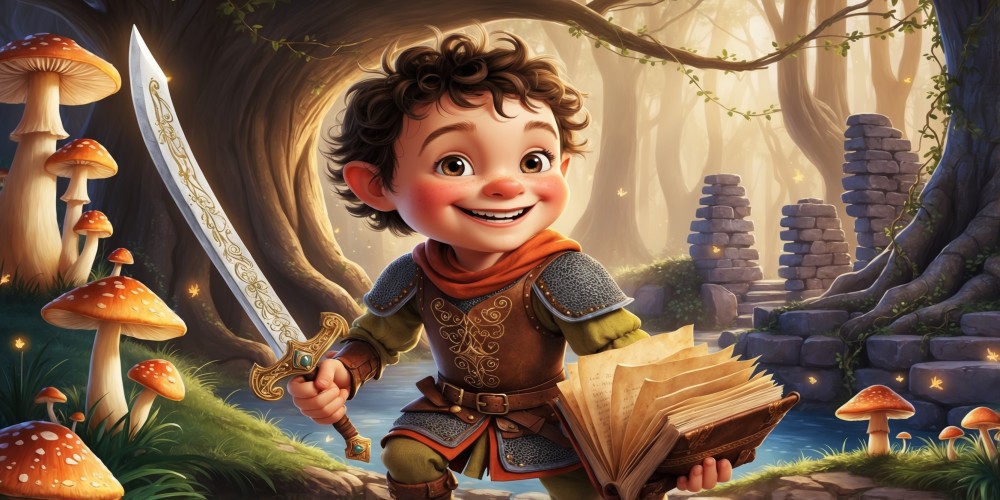
As the gaming industry continues to burgeon with innovative titles, few catch the eye quite like The Plucky Squire, a delightful action-adventure title from All Possible Futures. With a concept that encapsulates the spirit of exploration and creativity, this title invites players to journey through its beautifully animated world. However, navigating challenges in this delightful universe requires a discerning eye and an adventurous essence. In this investigation, we will examine the intricacies of The Plucky Squire, examining its unique gameplay mechanics, narrative depth, and some missteps along the way.
The Unique Premise
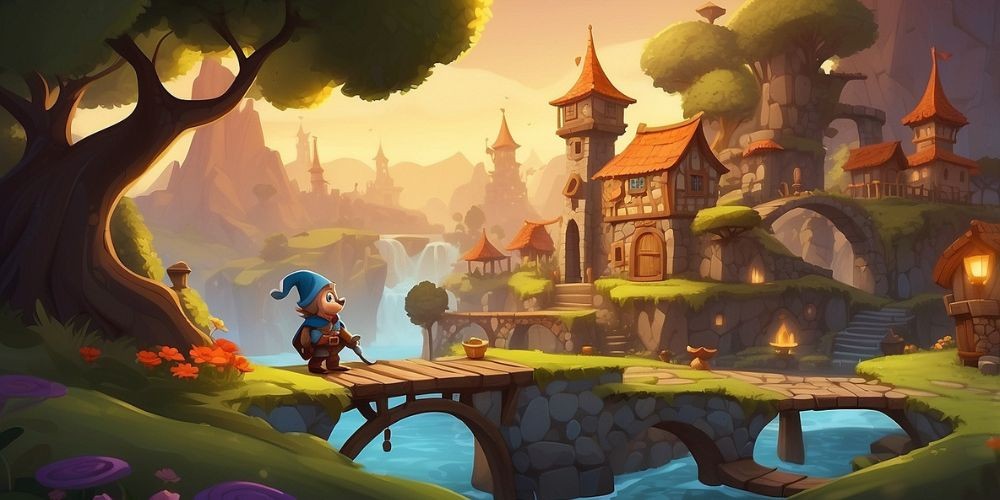
The Plucky Squire starts with an intriguing premise: players assume the role of Jot, a character confined within the pages of a children's storybook. Presenting a narrative that plays on meta-concepts, Jot quickly discovers his existence as a book character, enabling him to leap between vibrant 2D illustrations and the textured 3D reality of a child’s bedroom. This creative setup is not merely a fad, but operates as a driving force behind the game’s captivating gameplay.
Puzzle Mechanics that Inspire Creativity
One of the remarkable characteristics of The Plucky Squire lies in its clever puzzle mechanics. Jot isn’t merely limited to traditional interactions; he can manipulate the text within his storybook to adapt his surroundings. For instance, he can snatch the word “Open” from another sentence to unlock a gate. This innovative integration of language into gameplay creates a rich environment that challenges players to think outside the box. This clever use of wordplay provides numerous "aha!" moments that make every puzzle fulfilling.
Seamless Transition Between Realms
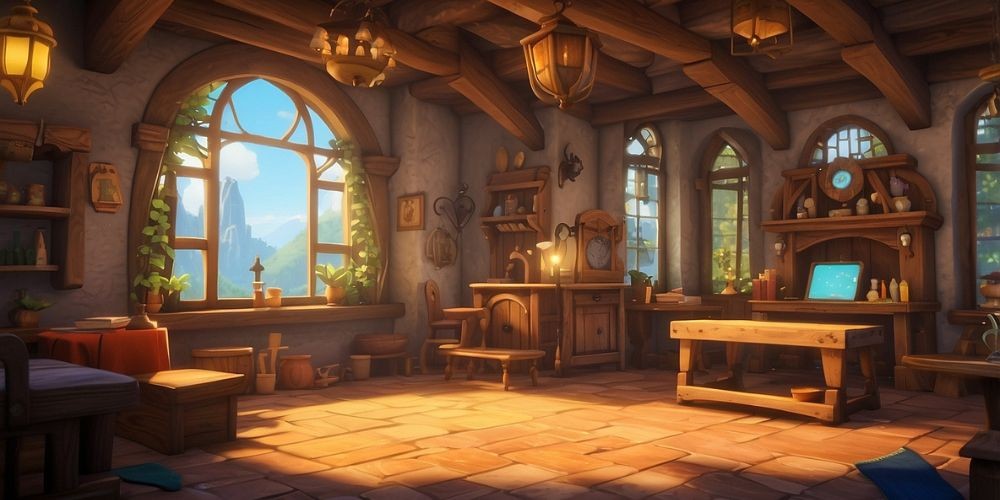
Transitions between the 2D and 3D environments are effortlessly executed. When Jot steps out of the book, he gains new abilities that empower him to connect with the world through diverse approaches. Players can tilt the book or flip back through pages to retrieve items, allowing for expansive creativity in problem-solving. The interaction between realms inspires thoughtful exploration, encouraging players to discover hidden collectibles.
The Role of Companions
Throughout his journey, Jot receives guidance from his endearing companions—Violet, Thrash, and Moonbeard. While their intentions are noble, the dialogue can become overly abundant, providing unsolicited hints before players tackle puzzles. This reliance on dialogue risks undercutting the sense of achievement that comes from solving problems independently. A subtle balance between support and player autonomy could enhance the experience significantly.
Dialogue Dilemmas
The chattiness present in The Plucky Squire may appeal to a younger demographic, yet it can also detract from the overall pacing. While the tone remains lighthearted and the writing clever, prolonged segments of exposition may hinder the sense of urgency that the adventurous gameplay strives to deliver. Players might find themselves yearning to skip through dialogue to get back to exploring the world.

The Charm of Sam’s Bedroom
Sam’s bedroom serves as a brilliant inventive playground that balances exploration with platforming. Littered with toys and creative elements, Jot can traverse through sticky notes and scribbled drawings, reminiscent of iconic wall mechanics found in other adventure games. The environment feels organic and relatable, immersing players in the domain of fantasy and the magic of youthful innocence>
Combat Simplicity
Combat in The Plucky Squire reflects a straightforward design philosophy, allowing players to enjoy engaging swordsmanship without excessive complexity. Jot can wield his sword with finesse, executing spin attacks or hurling it at foes. While combat encounters tend to be uncomplicated, they effectively complement the game’s core focus on puzzles, ensuring that battles don’t overshadow the primary gameplay experience.
Variety in Gameplay
This title continuously surprises players with a variety of gameplay mechanics woven into Jot’s journey. Beyond platforming and combat, the game introduces exhilarating minigames that pay homage to classic genres. From rhythm games to action-packed challenges, each minigame embodies fresh art styles and character designs, offering brief but delightful diversions that enhance the overall experience.
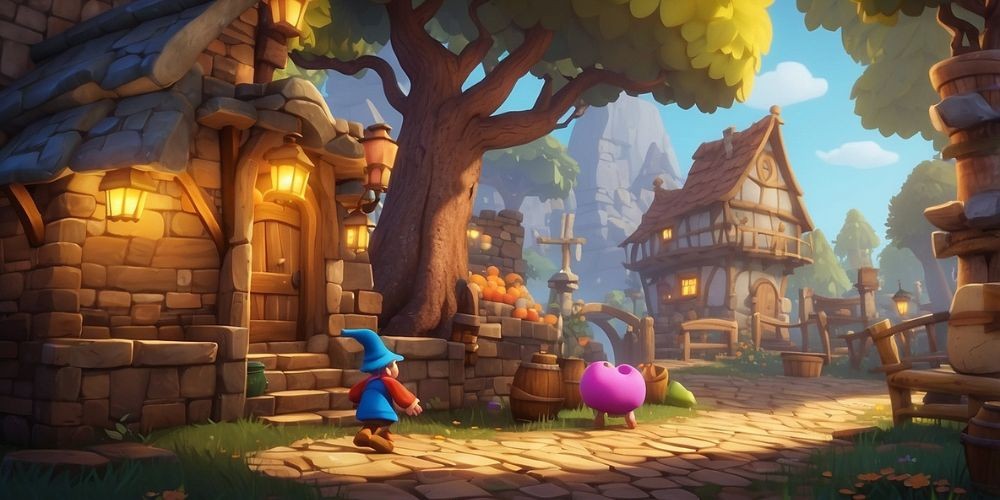
Initial Pacing and Energy
For the first half of its playtime, The Plucky Squire maintains a vibrant pace that hinges on balanced transitions between storytelling, exploration, and challenges. The world feels alive, filled with whimsy and charm, enveloping players in an engaging narrative that unfolds surprising twists and turns.
The Final Act: A Shift in Tone
However, as the game progresses into its concluding chapters, a stark tonal shift becomes apparent. Jot loses his acquired abilities, thrusting him into a generic stealth segment to regain previously mastered skills. This jarring transition can disrupt the momentum built earlier in the game, frustrating players eager to revel in the adventure.
Challenges of Monochrome Design
As The Plucky Squire further delves into the last act, the world transitions to a monochrome palette that detracts from its previous vibrancy. This design choice can feel disheartening, limiting the visual engagement that characterizes the game. The repetitive nature of the final dungeon and the extended battle against the last boss elongate the gameplay, leading to fatigue as players inch closer toward the end credits.
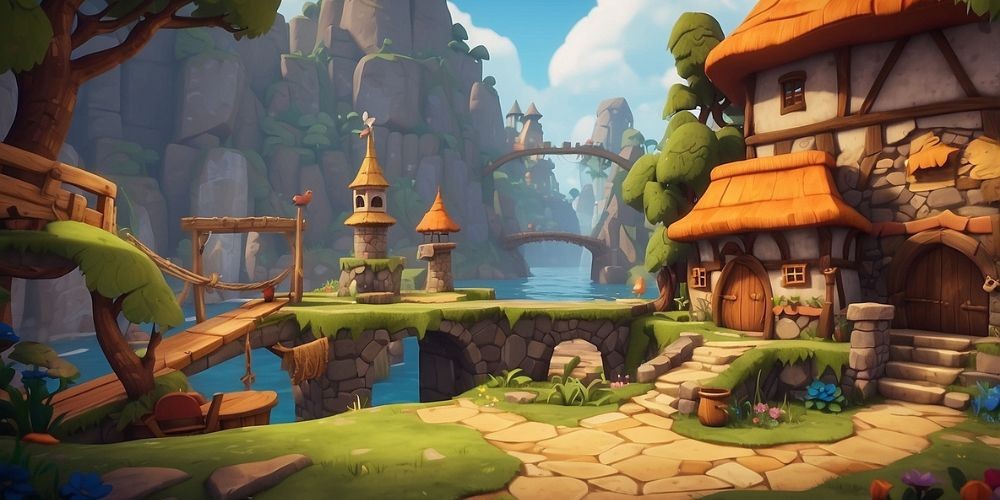
The Last Impressions
Despite its final act feeling disjointed and excessively drawn out, The Plucky Squire leaves a lasting impression thanks to its overall charm and inventive gameplay. The juxtaposition of word-based puzzles, combat mechanics, and immersive environments makes it a distinctive title worth experiencing. However, reflections on pacing issues and dialogue congestion linger as players complete the journey, underscoring the complex dance between creativity and execution in game design.
Conclusion: A Worthy Adventure
Ultimately, The Plucky Squire’s delightful premise, combined with its innovative mechanics and endearing characters, creates an adventure that resonates with players, despite some avoidable pitfalls. It offers a whimsical journey through a rich landscape that beckons creativity and puzzles. All in all, while the latter portions could benefit from refinement, the initial experience is peppered with excitement, ensuring this title marks an impressive debut for All Possible Futures.
